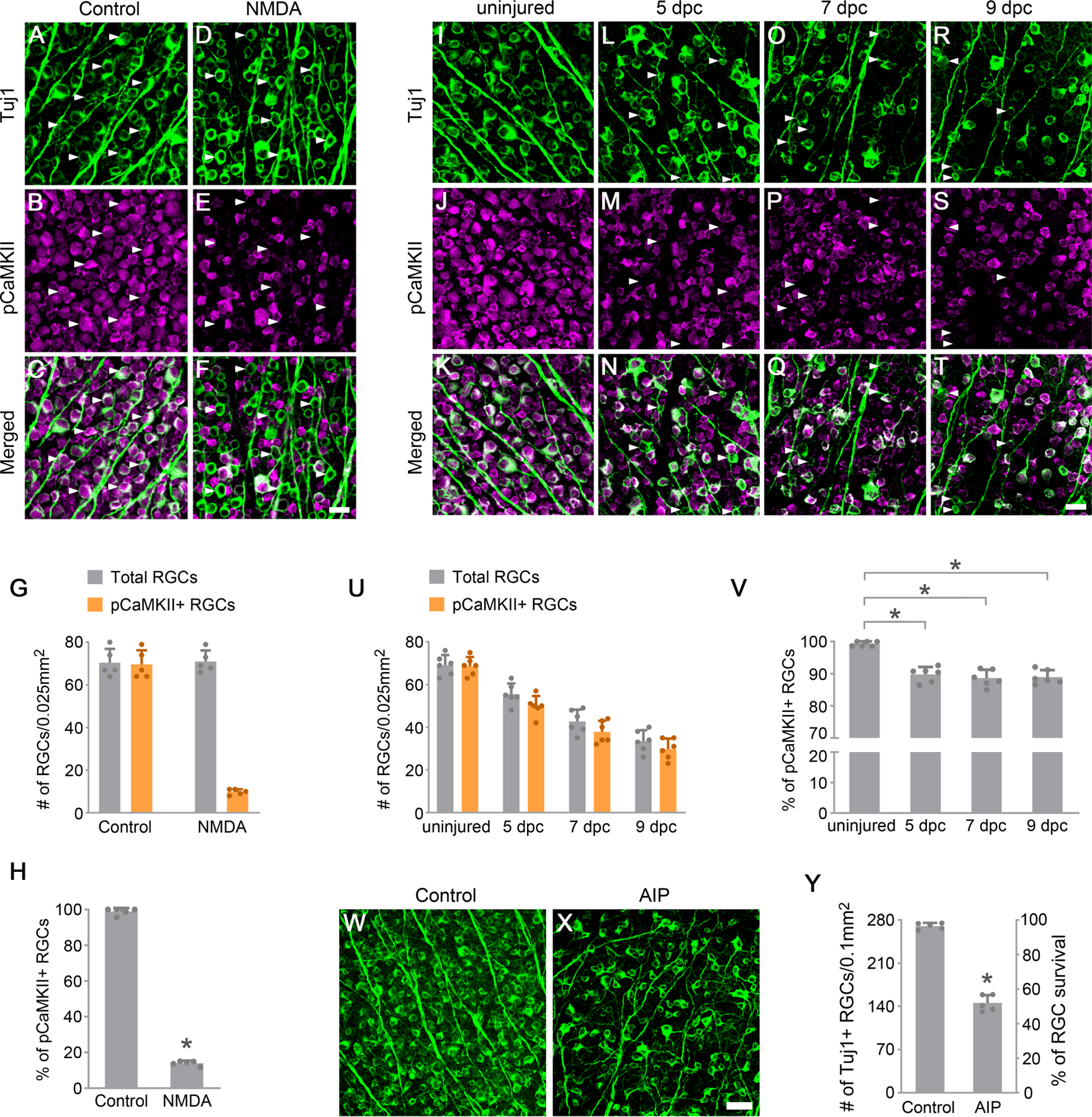Figure 1. Excitotoxic and optic nerve injuries lead to loss of CaMKII activity in RGCs.

(A-F) Confocal images of retinal whole-mounts showing CaMKII phosphorylation in Tuj1-labeled RGCs at 2 hours after PBS (A-C) or NMDA (D-F) injection. Arrowheads, Tuj1+ RGCs maintaining (A-C) or losing (D-F) CaMKII activity. Scale bar, 20 µm.
(G-H) Quantification of CaMKII phosphorylation in RGCs after excitotoxic injury. (G) The number of total Tuj1+ RGCs and pCaMKII+/Tuj1+ RGCs 2 hours after PBS control or NMDA injection. Data are presented as mean ± s.d., n=5 retinas per group. (H) Percentage of pCaMKII+/Tuj1+ RGCs 2 hours after PBS control or NMDA injection. Data are presented as mean ± s.d., n=5 retinas per group. Unpaired t-test, *P<0.0001.
(I-T) Confocal images of retinal whole-mounts showing CaMKII phosphorylation in Tuj1-labeled RGCs, without injury (I-K) or 5 days (L-N), 7 days (O-Q), and 9 days (R-T) after optic nerve crush (dpc). Arrowheads, Tuj1+ RGCs losing CaMKII activity (L-T). Scale bar, 20 µm.
(U-V) Quantification of CaMKII phosphorylation in RGCs after optic nerve injury. (U) The number of total Tuj1+ RGCs and pCaMKII+/Tuj1+ RGCs in uninjured retinas and retinas 5 days, 7days, and 9 days after crush. Data are presented as mean ± s.d., n=6 retinas per group. (V) Percentage of pCaMKII+/Tuj1+ RGCs in uninjured retinas and retinas 5 days, 7days, and 9 days after crush. Data are presented as mean ± s.d., n=6 retinas per group. One-way ANOVA with Tukey’s multiple comparisons test, F:36.22, R2:0.8445, *P<0.0001.
(W-X) Confocal images of retinal whole-mounts showing surviving RGCs labeled by Tuj1 immunoreactivity at 7 days after daily injection of PBS (W) or AIP (X). Scale bar, 40 µm.
(Y) Quantification of RGC survival, expressed as numbers of RGCs (left Y-axis), and percentages of RGCs relative to that in the uninjured retina (right Y-axis). Data are presented as mean ± s.d., n=5 retinas per group. Unpaired t-test, *P<0.0001.
See also Figure S1.
